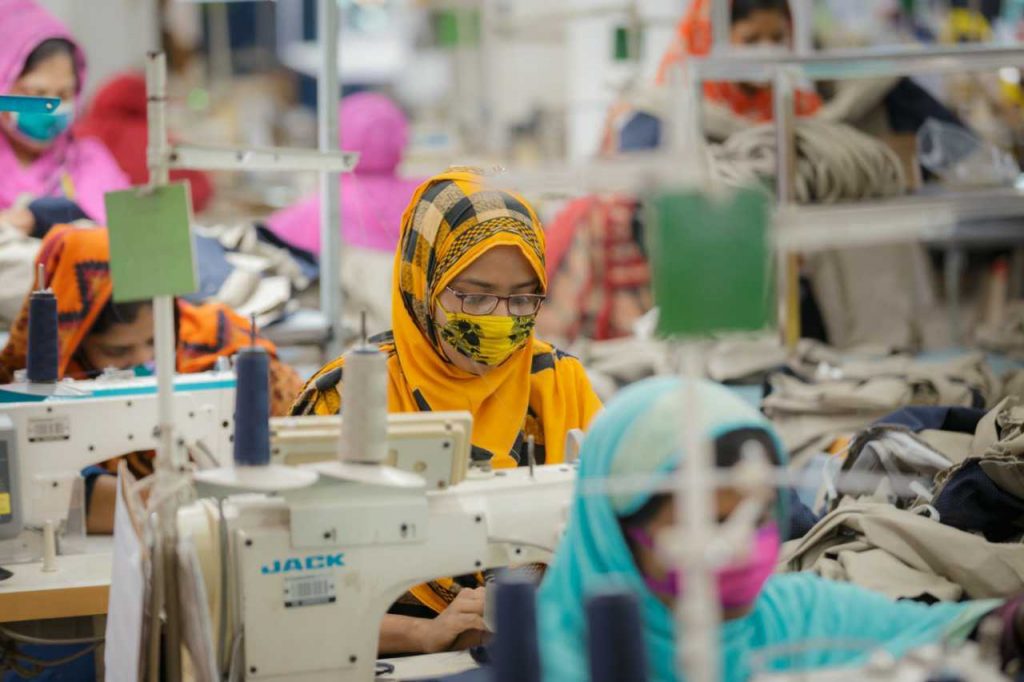Key Takeaways from Conference Day 02
Author: Shegufta Armin Ahsan
Women have built the RMG Industry of Bangladesh stitch by stitch. As we approach the era of automation, we must ensure that they are not left behind.
Day 02 of the STITCH for RMG Global Innovation Conference exercised a sharp focus on the backbone of our RMG industry – the women garment workers. As echoed by experts on day 01, the transition to automation is inevitable owing to the benefits it promises. But it also comes it risks, particularly to the livelihoods on women garment workers. A study by a2i estimates that 60% of garment workers will lose their jobs to automation, majority of whom will be women. How can we protect these women against the threat to their livelihoods?

Here’s what we can take away from the sessions:
- The coronavirus pandemic has accelerated the pace to digital transformation. As we transition to a newer, faster, and circular world, we must prepare for the challenges they bring, such as, shorter turnaround times, preference for E-markets, etc.
- Adjusting to the changing world of apparel manufacturing will require interventions at a societal level. Particularly, we need to change the mindset that women are not capable of handling technology.
- If industry competitiveness falls, it will exert negative pressure on women employment within the sector.
- Squeezed profit margins pose a threat to worker employment. If we stay confined within basic products, the price pressure will remain. Additionally, if western markets do reshore their production, it will be for basic products. Hence, there is a strong need to diversify.
- To diversify beyond basic products, we will need to enhance our image in the global market. We also need to strengthen our product design and development teams. In this regard, our education curriculum needs to be designed in a way that produces more product designers and developers. Collaboration between designers, workers, and craftsmen can help mainstream ‘non-disruptive’ innovation.
- Women workers have proven to be more efficient at work with lower levels of absenteeism. But due to gender roles, women have to bear the responsibility of managing both household and work. Automation can actually help women in this regard – by making production processes more efficient, they can reduce the time spent at work.
- Women workers usually enter the workforce with low skills, which opens them up for exploitation. We need to invest more in skill development. Training for women should not only involve hard skills, but also soft skills. This can help them transition into managerial and leadership positions.
- It is very important to create an enabling environment for women workers. Factors such as daycare centers, breastfeeding spaces, menstrual hygiene facilities can help women sustain within the industry. We need to ensure that workers feel safe and secure in the work environment by establishing anti-harassment committees. Collective bargaining through unions can give voice to the women workers and empower them.
Women garment workers and automation can co-exist and enhance the overall capacity and competitiveness of the RMG industry. On day 02, we focused on identifying the ways in which we can help the women garment workers adapt to the evolving nature of work and changing global trends. And on the final day of the conference, we will explore how innovation and technology can be leveraged to their benefit.
- 820 views
- 0 comments

